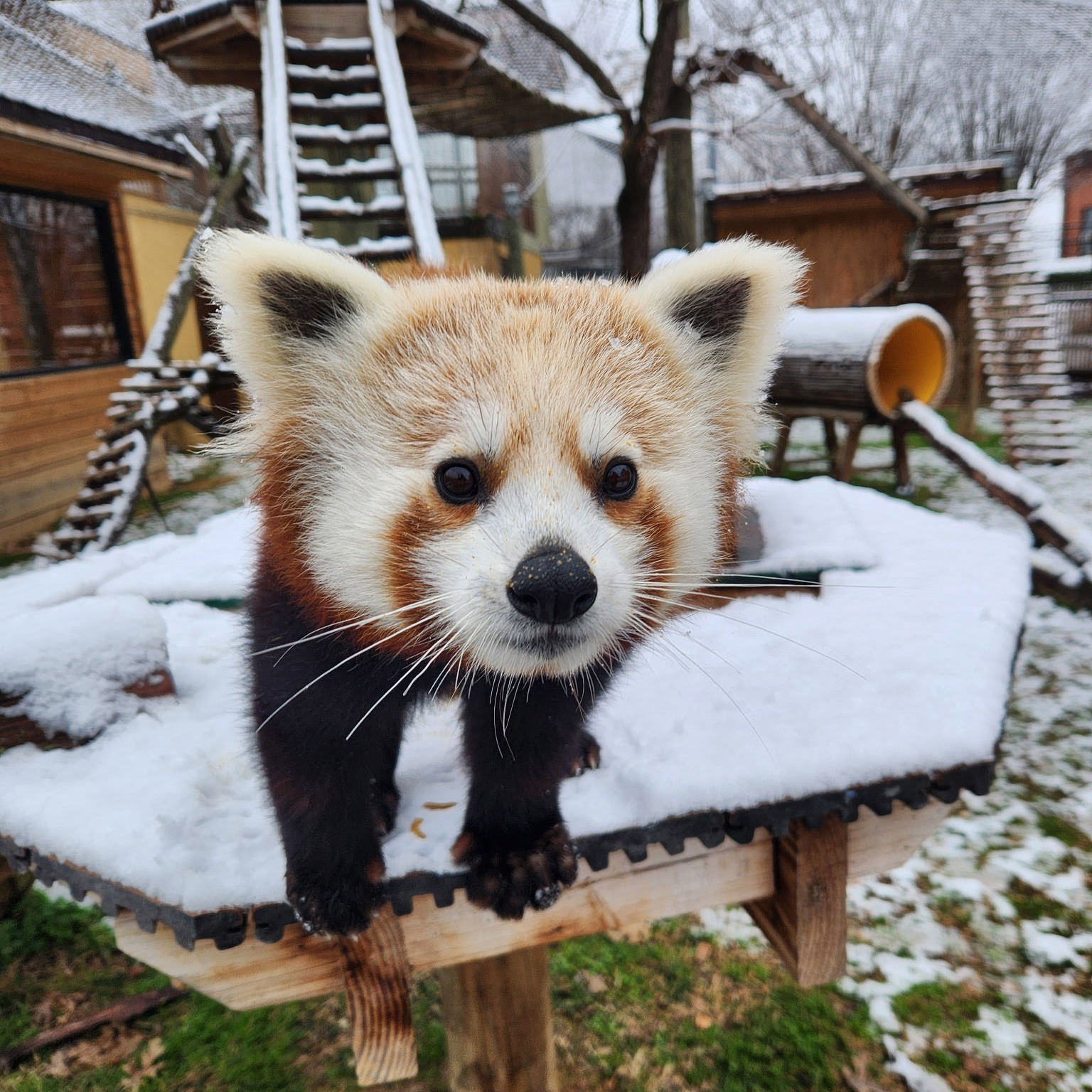- Understanding Animal Behavior During Winter Conditions
- The Role of Zoo Management in Enhancing Wildlife Welfare
- The Importance of Conservation Education Programs
- Insights into Seasonal Adaptations of Different Species
- Appreciating the Role of Public Engagement in Conservation Efforts
Winter provides a unique opportunity to observe animal behavior in conditions unlike any other time of year. Many species display fascinating adaptations during the colder months, and observing them offers a wealth of information about their survival strategies and natural tendencies. At the Snow Day Safari event, animals like red pandas, camels, cougars, meerkats, and fennec foxes showcase these adaptations and allow onlookers to learn more about their natural environments and behaviors.
Red pandas, native to the Eastern Himalayas and southwestern China, thrive in cooler climates. Their dense fur and bushy tails help conserve heat, demonstrating a perfect physiological adaptation to cold temperatures. As arboreal creatures, they navigate snow-covered branches with ease. Observing them at the zoo during a Snow Day Safari allows us to appreciate these natural behaviors that might be less obvious in typical zoo weather.
Camels, on the other hand, are primarily associated with hot, arid regions, but they are resilient animals capable of withstanding a range of extremes. Bactrian camels, often found in the cold deserts of Central Asia, boast a thicker coat during the winter, providing warmth and insulation against lower temperatures. This biological adaptation underscores the dual purpose of zoos: to showcase animal diversity and to educate the public about species’ natural habitats.
Likewise, observing cougars—also known as mountain lions—during a Snow Day Safari presents an opportunity to explore how animals maintain activity patterns regardless of climate. Cougars have a widespread range across the Americas, often inhabiting colder regions. Their powerful limbs, adapted for leaping and running, remain active throughout the winter, allowing them to navigate snowy terrains efficiently. Understanding such traits can underline the crucial need for protecting their natural habitats, which are increasingly threatened by human expansion.
Zoo management plays a vital role in ensuring that animals are healthy and comfortable despite the potentially harsh conditions. Providing adequate shelter, varied diets, and enrichment activities are part of this responsibility. Enrichment is essential for simulating the natural instincts of animals and keeping them mentally and physically engaged. For instance, building snow shelters or trails helps mimic natural environments, ensuring that animals like meerkats remain active and inquisitive.
Educational programs are another critical component of modern zoo management. The Snow Day Safari serves not only to entertain visitors but also to educate them on conservation efforts. By engaging the public with close, informed interactions, zoos can significantly impact public awareness and action toward conservation. Tactile experiences, like witnessing animals in unfamiliar weather conditions, deepen visitors’ emotional connections to wildlife, emphasizing the importance of conservation in protecting diverse species.
Fennec foxes, with their oversized ears aiding in heat dissipation, offer an insightful example of seasonal adaptation. Despite their adaptation to desert climates, they can surprisingly flourish in colder environments with adequate acclimatization. Their playful antics during a Snow Day Safari delight zoo-goers and highlight the importance of adapting zoo environments to suit diverse animal needs year-round.
Public engagement remains paramount in promoting wildlife conservation. Events such as the Snow Day Safari provide a dynamic platform for disseminating information and fostering an appreciation for global biodiversity. Visitors are encouraged to participate in educational talks, guided tours, and interactive exhibits to better understand the importance of preserving habitats and supporting conservation initiatives.
These interactions can lead to a more informed and active public, willing to support conservation efforts through donations, volunteering, or advocacy. Successfully engaging the public in the mission of conservation zoos helps bridge the gap between awareness and action, fostering a society that values the preservation of all species.
Finally, appreciation for individual animals nurtures empathy and a connection to wildlife conservation efforts on a broader scale. A perfect example of this is Pilatus, the red panda cub. The excitement and delight of seeing such an endearing creature play in the snow can translate into a more profound interest in animal welfare and preservation efforts.
In summary, Snow Day Safari celebrations offer an immersive way to understand and appreciate animal behaviors and adaptations. By facilitating close encounters with nature, they enhance public awareness and support for vital conservation efforts. These winter glimpses into the lives of extraordinary creatures remind us of the beauty and complexity of the natural world, reinforcing the importance of conserving these incredible animals for future generations.
*****
Source Description
Snow day safari! ❄️🐾
Red pandas, camels, cougars and more got out in the winter weather today! Even the meerkats and fennec foxes joined in on the fun! 😁
Make sure to scroll to the end for an extra cute picture of Pilatus the red panda cub! 😍


